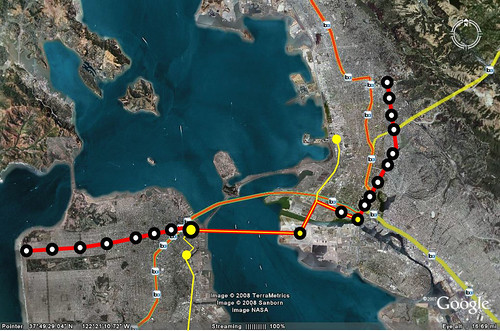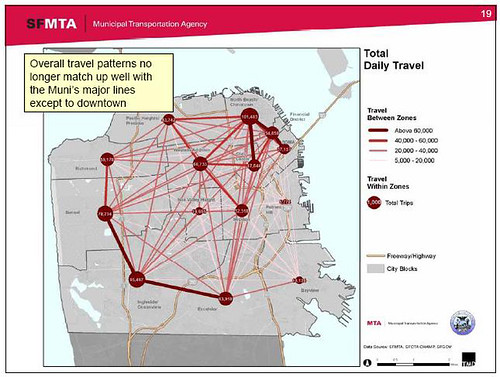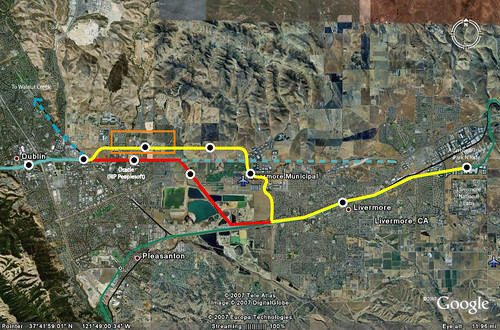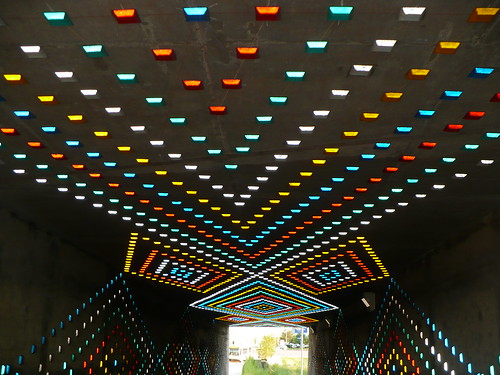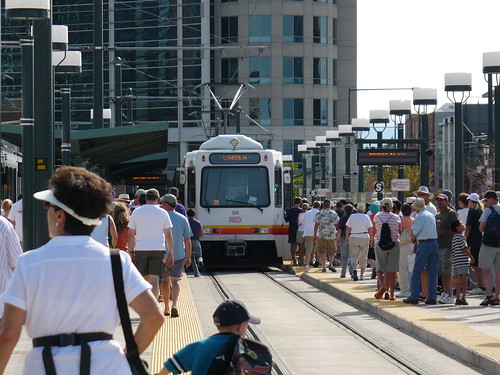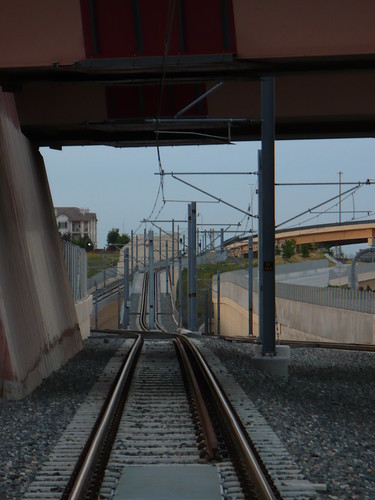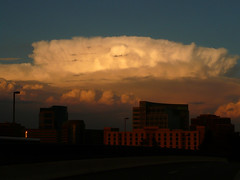Update: Now Posted on Daily Kos, also folks have been asking about the info on Hot Lanes, the proposal is in this Federal Register Document.
The Federal Transit Administration(FTA) has issued a notice of proposed rule making (NPRM) for the New and Small Starts program that provides funding for major fixed guideway capital projects such as Light Rail, Heavy Rail, and Bus Rapid Transit. The proposed rules are alarming on a number of levels. Most notably in that they downgrade the importance of land use and economic development despite congressional direction to the contrary, and they propose to redefine the definition of fixed-guideway to include transit funding for highway lanes that use tolling schemes.
The fiscal year 2008 appropraitons bill moving through congress is an opportunity to formally weigh in and stop or alter the proposed FTA rule. If finalized, the new rule making policy will hamper the ability to build new transit lines for the next 5 years!!!
Why is this important? Because some of FTA'S proposed rules would entrench policy issues advocated by folks from the libertarian Reason Foundation and the O'Toole/Cox cabal. The proposed rule ignores current transportation law regarding required project justification criteria and adds new Federal intervention into the local decision making process.
More issues With the new rules after the jump:
1. It would allow High Occupancy Toll lanes to qualify for New Starts funding -
This would diminish the ability of cities to get funding from an already crowded grant program. HOT Lanes qualify for funding from the Federal Highway Administration (FHWA) and we all know there is a lot of funding there. Over 300 New Starts Projects(Light Rail, Heavy Rail, Commuter Rail, Bus Rapid Transit)were authorized by the SAFETEA LU transportation bill and the argument by the FTA as to why they have such an intensive scrutiny of proposals is beacuse of the high demand for limited funding. Adding High Occupancy Toll freeway lanes to the list of eligible projects further straings the ability to fund new transit projects.
2. It would make the dreaded cost effectiveness INDEX the primary factor in deciding the fate of funding for New Starts projects -
This is the same measure that is killing the Tyson's Corner Metro extension and has killed light rail plans in Columbus Ohio. Almost every city that is looking to build new transit projects is worried about this measure, and now its being made even stronger. This measure is the reason why Minneapolis' Central Corridor light rail project might not be able to tunnel under The University of Minn and the reason why locally backed expansion of light rail is now BRT in Houston.
3. The rulemaking pushes cheap not completely dedicated guideway bus projects -
The irony of the cost effectiveness index is that in reality, it fails to capture the full benefits and cost effectiveness of a project. The index evaluates the cost effectiveness of a light rail project versus corridor improvements such as bus rapid transit or improved local bus service. What this does is force cities to choose bus rapid transit projects over citizen -backed light rail projects that may have greater community benefits but also a higher initial price tag. Also, the measurements for the Very Small Starts program are set using the Southtown rapid bus project in Kansas City and not rail or fixed guideway BRT projects such as the Orange Line.
4. The importance of Land Use and Economic Development measures are reduced or ignored by the FTA -
Congress elevated land use and added economic development as project justification criteria in SAFETEA-LU. The US Department of Transportation (DOT), however, ignores this and has combined them into one measure with a combined weight of 20% in the overall rating process. The FTA states that it is too costly to implement the economic development measure but the cost and burden to grantees such as cities and transit agencies is not considered when local jurisdictions are required to adopt the FTA's travel demand models which have many issues. The fact that they use those models to determine the Cost Effectiveness rating which decides who gets funding is a problem in itself as it can't address all the benefits of fixed guideway transit. Furthermore, FTA argues that is too difficult to separate land use from economic development and that the increase in property values associated with proximity to transit is merely a result of improved time savings alone. I'm sure many zoning offices and developers would be surprised to have it categorized so simplistically.
5. Could lower ratings for cities who are trying to address future rather than current congestion issues -
The FTA would like to measure the New Starts program by the benefits to highway users but ignores the idea of induced demand which means when you build a new transit project, the space from cars that are taken off the road by transit is filled by new cars. The want for transit opponents to push money from the transit program into congestion pricing schemes and not so rapid bus projects would result in less useful transit projects in corridors that might have real future need.
Contact Your Congressman or Senators
--Ask them to stop the proposed rule and give the Department of Transportation a clear directive that the FTA Must:
1. Comparably wight all 6 project justification criteria(including: Environmental Benefits, Land Use, Economic Development, Mobility Improvements, etc) recognizing the importance of transit-supportive land use and economic development to fostering successful and sustainable projects rather than just the cost of the project.
2. Maintain the current definition of Fixed-Guideway transit
3. STOP RAIDING THE TRANSIT PROGRAM FOR ROAD PRICING SCHEMES

 While everyone thinks that America is a wealthy nation, many people spend a good portion of their money on transportation. But it doesn't have to be this way. Cities that have good transit networks allow people to save money and cut overall emissions.
While everyone thinks that America is a wealthy nation, many people spend a good portion of their money on transportation. But it doesn't have to be this way. Cities that have good transit networks allow people to save money and cut overall emissions. 


